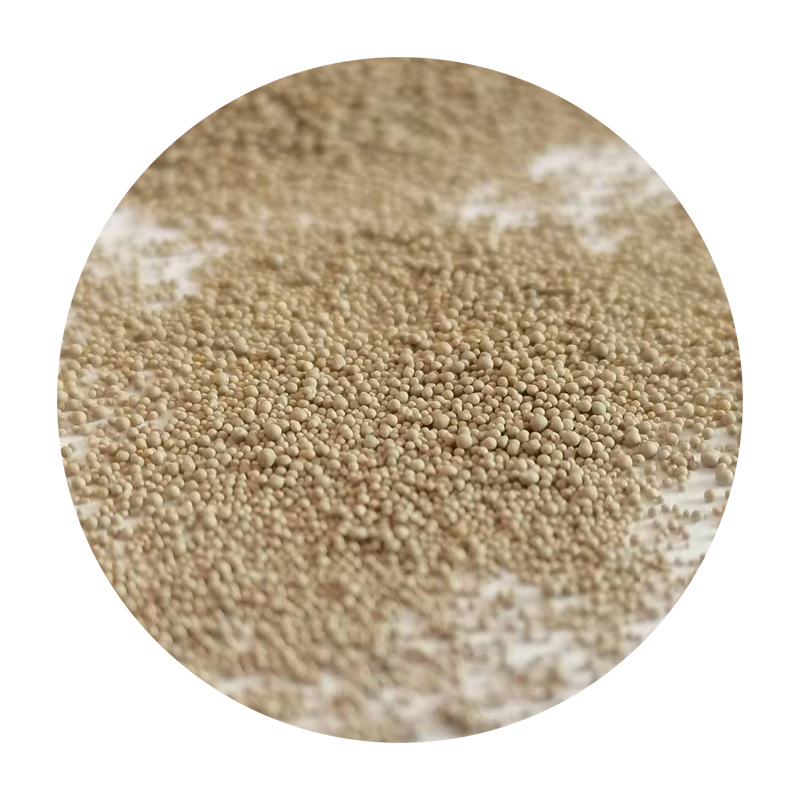Understanding Sand Casting Service A Comprehensive Overview
Sand casting, one of the oldest manufacturing processes in the world, involves molding and shaping metal into desired forms using sand as a core material. It is widely used in industries ranging from automotive to aerospace, where precision and durability are paramount. This article aims to provide a detailed overview of sand casting services, highlighting their processes, advantages, and applications.
The Process of Sand Casting
The sand casting process begins with creating a mold from a mixture of sand, which is typically combined with a binding agent to form a cohesive structure. The process involves several key steps
1. Pattern Creation A pattern is crafted, usually made from metal or plastic, that replicates the final product. The pattern can be a single piece or multiple pieces, depending on the complexity of the design.
2. Mold Preparation The pattern is pressed into a mixture of sand and bond to create a mold. This mold is then removed and prepared for pouring. Two halves are often created—known as the cope and drag.
3. Pouring Once the mold is formed and assembled, molten metal is poured into the cavity of the mold. The metal fills the space, taking on the shape of the pattern.
4. Cooling and Solidification After the metal is poured, it cools and solidifies. The cooling time can vary based on the type of metal used and the thickness of the casting.
sand casting service

5. Mold Removal Once the metal has fully cooled, the mold is broken apart, revealing the cast object. Any sand remaining on the surface can be cleaned off.
6. Finishing The final product may require additional finishing processes such as trimming, sanding, or machining to meet specific tolerances.
Advantages of Sand Casting Services
One of the most significant advantages of sand casting is its versatility. The process can accommodate a wide range of metals, including iron, aluminum, and brass, making it suitable for various applications. Moreover, sand casting allows for large parts to be manufactured with relative ease, providing cost-effective solutions for high-volume production.
Another benefit is the ability to create intricate designs and complex geometries. Sand molds can be easily altered to produce unique shapes, offering designers the flexibility they need. Additionally, sand casting is generally less expensive than other manufacturing methods, such as die casting, particularly for lower quantities of parts.
Applications of Sand Casting
Due to its advantages, sand casting is utilized across multiple sectors. In the automotive industry, it is used for fabricating engine blocks, transmission cases, and intricate components. The aerospace sector also benefits from sand casting for creating lightweight yet durable parts, while the construction industry employs it for producing hardware and architectural elements.
In conclusion, sand casting services offer a reliable and efficient method for producing a diverse array of metal components. As technology advances and industries continue to evolve, the role of sand casting will undoubtedly remain significant, providing solutions that meet the demands of modern manufacturing. Whether for large-scale industrial applications or bespoke fabrication, sand casting stands out as a vital process in the metalworking world.
Post time:Set . 13, 2024 09:56
Next:သစ်သားနှင့် ကျောက်မျက်နှာစာ - စင်နှင့် ဆူရန်သစ်သားထုတ်လုပ်မှု
